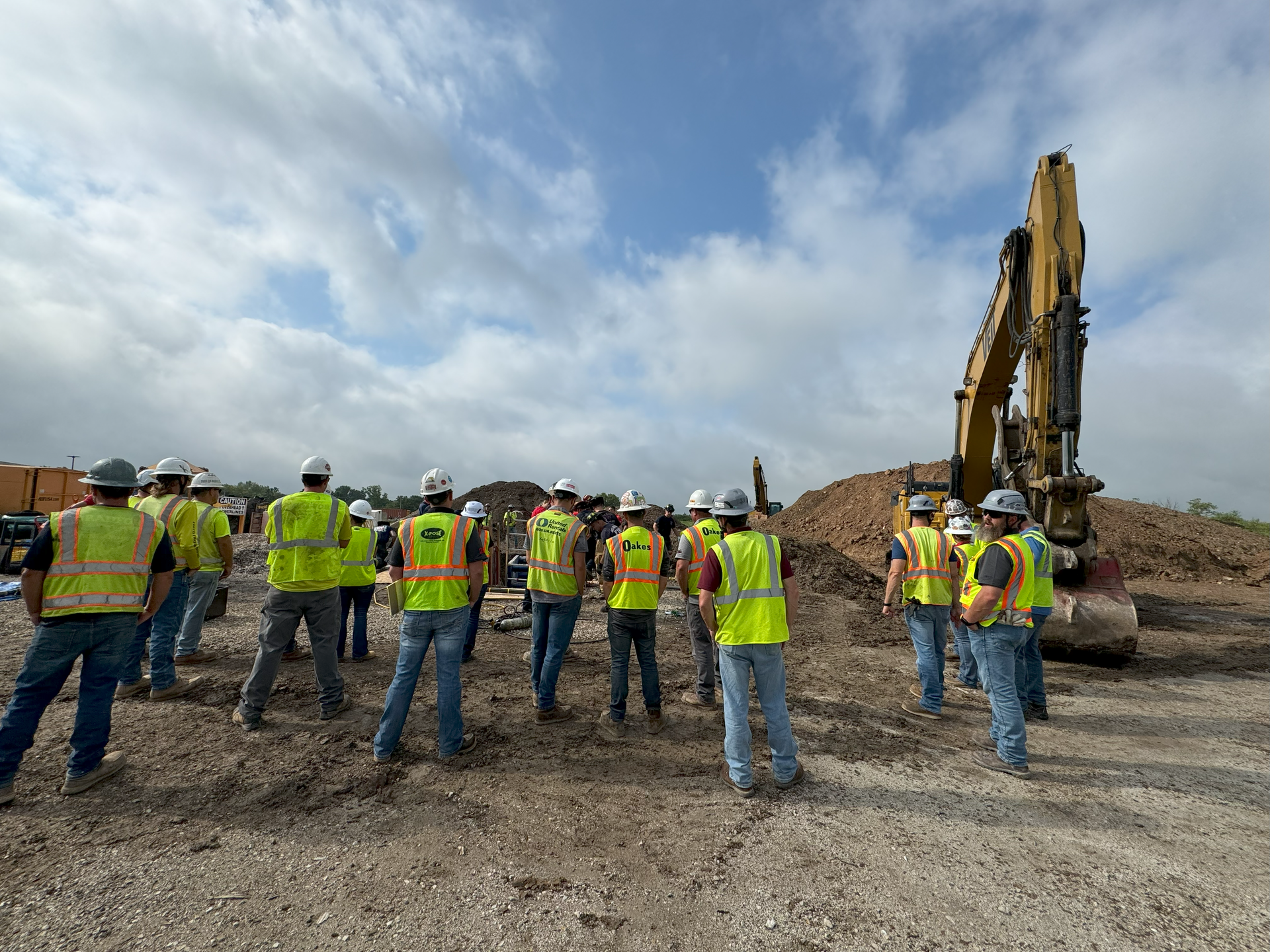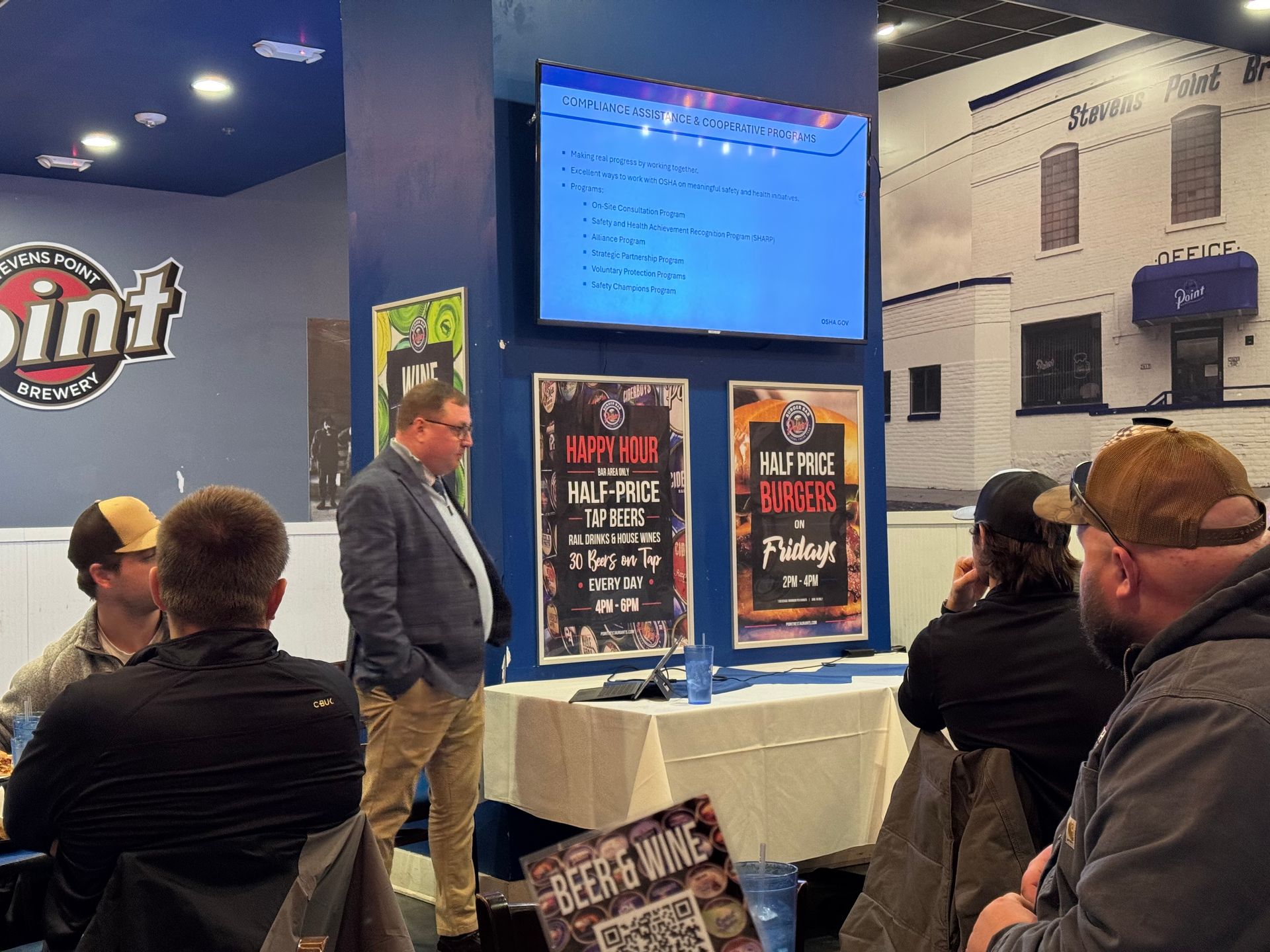Confined Spaces in Underground Construction
January 21, 2025
Confined spaces present unique challenges and risks in the field of underground construction. Recognizing these risks and implementing effective safety measures is not just a regulatory requirement but a critical component of protecting your workforce. Here’s what companies need to know, do, and educate about confined spaces.
What You Need to Know
Definition of Confined Space: A confined space is an area that:
- Is large enough for workers to enter and perform tasks.
- Has limited or restricted means of entry or exit.
- Is not designed for continuous occupancy.
Types of Confined Spaces:
- Non-permit confined spaces: These spaces do not pose significant hazards.
- Permit-required confined spaces: These involve hazards such as:
- Atmospheric dangers (e.g., oxygen depletion, toxic gases like hydrogen sulfide).
- Risks of engulfment.
- Entrapment or asphyxiation potential.
- Other serious health or safety threats.
Regulatory Requirements:
- OSHA mandates continuous atmospheric monitoring in confined spaces whenever possible.
- Permits must be issued for work in spaces with specific hazards, and companies must retain these permits for at least one year for potential OSHA review.
- A competent person must evaluate job sites to identify confined spaces and hazards.
What You Need to Do
- Develop a Confined Space Plan:
- Identify all confined spaces on job sites.
- Clearly label and communicate confined spaces to workers.
- Implement Monitoring and Equipment Protocols:
- Use continuous atmospheric monitors to detect hazards like oxygen depletion and toxic gases.
- Equip workers with proper safety gear, including harnesses and ventilation equipment.
- Establish Rescue Plans:
- Define protocols for self-rescue, non-entry rescue, and entry rescue.
- Train rescue personnel annually and ensure documentation is up to date.
- Avoid sole reliance on external emergency services, which can delay rescue operations.
- Assign Clear Roles:
- Designate entrants, attendants, and supervisors for confined space work.
- Ensure roles are well-defined and communicated to all team members.
What You Need to Educate
- Train Workers Effectively:
- Provide training in a language and vocabulary workers understand.
- Educate workers on the hazards of confined spaces, including atmospheric dangers and physical risks.
- Educate on Regulatory Compliance:
- Teach workers the importance of permits and the conditions under which they are required.
- Emphasize the role of competent persons and the responsibilities of controlling contractors.
- Promote Vigilance and Communication:
- Reinforce the importance of staying vigilant, even with repeated tasks.
- Foster a culture of clear communication among team members to identify and address hazards promptly.
- Highlight the Risks:
- Discuss specific risks, such as:
- Oxygen depletion due to curing concrete.
- Hydrogen sulfide buildup from degrading organic material.
- Engulfment dangers in unstable environments.
Conclusion
Understanding and addressing the risks of confined spaces in underground construction is an ongoing process. Companies must prioritize knowledge, action, and education to safeguard their teams. With proper planning, monitoring, and training, you can ensure compliance with regulations and, more importantly, protect the lives of your workers.
For more information, visit OSHA’s resources on confined spaces: Confined Spaces in Construction Regulations.





